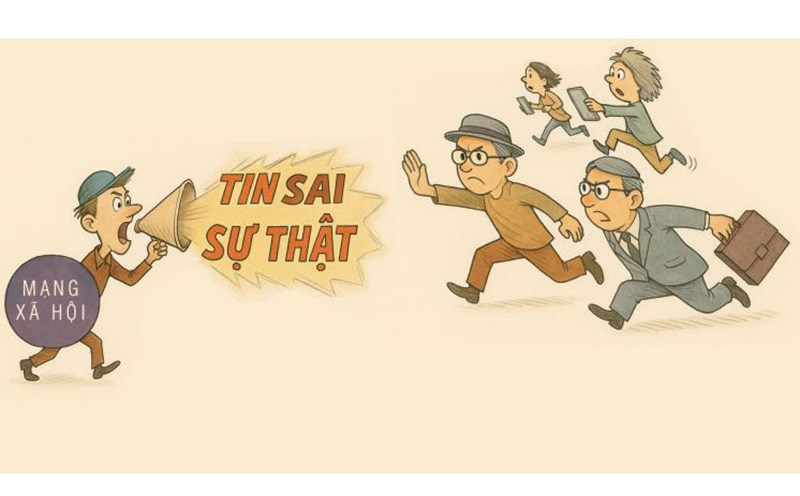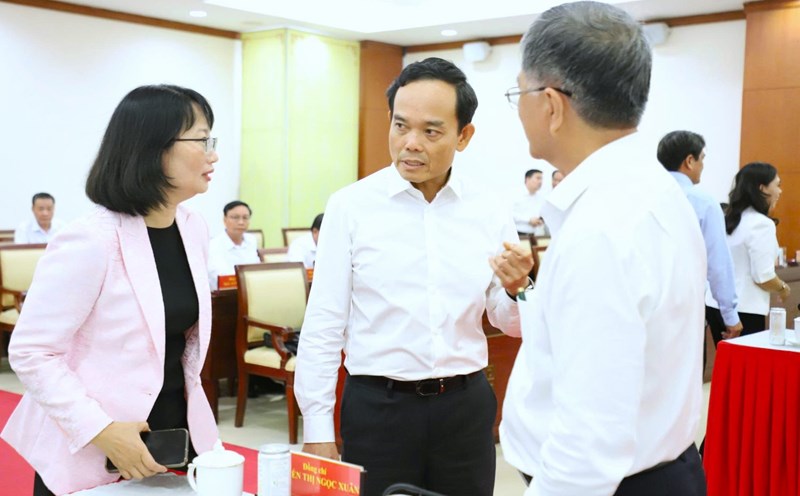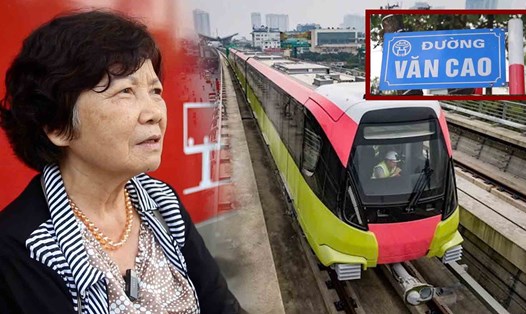Green transformation and digital transformation are two parallel pillars
For many years, Hanoi has been regularly in the group of the most polluted cities in the world. The PM2.5 fine dust index has often exceeded the standards of the World Health Organization, seriously affecting public health and damaging the image of the capital, which is aiming for green, civilized and modern goals.
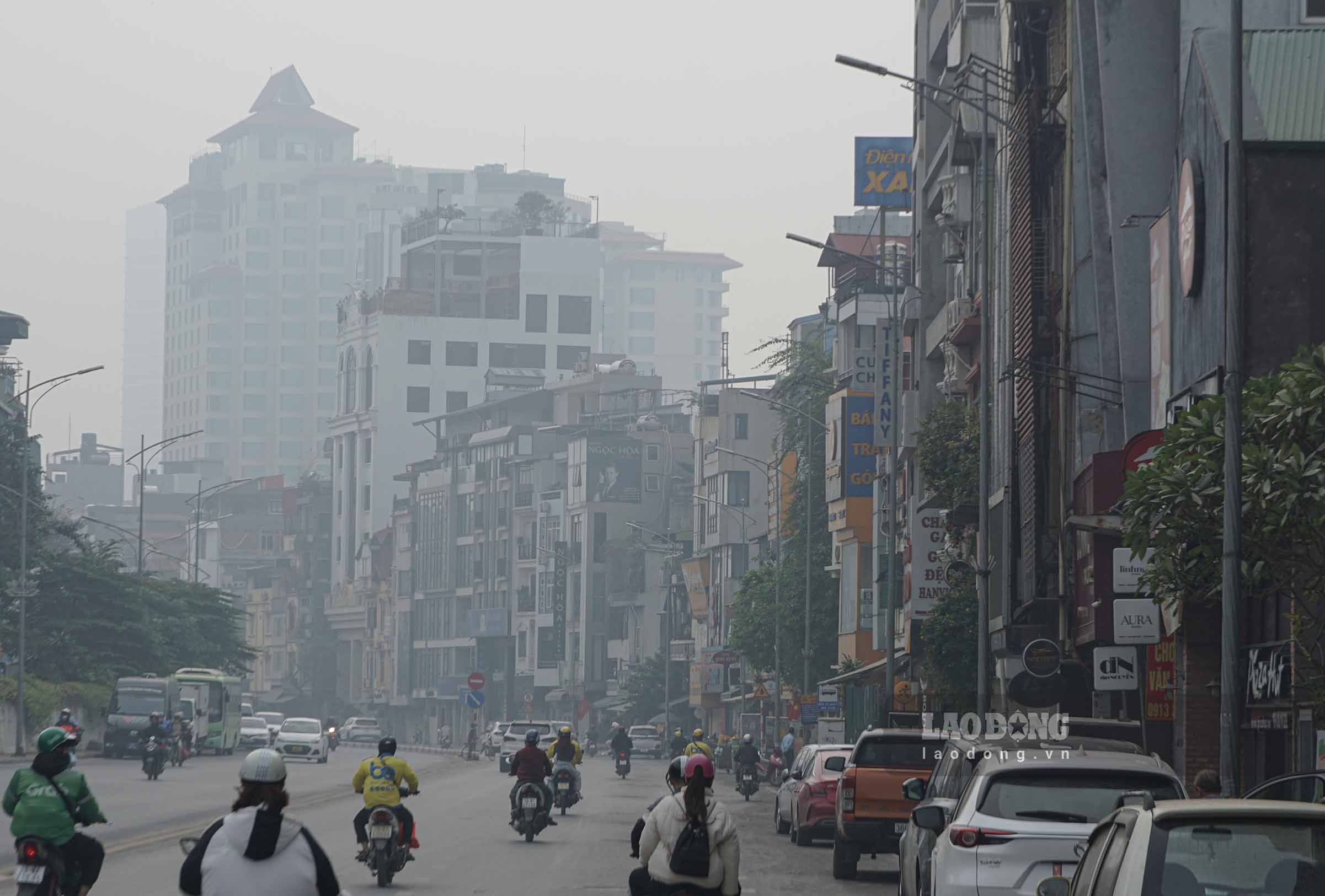
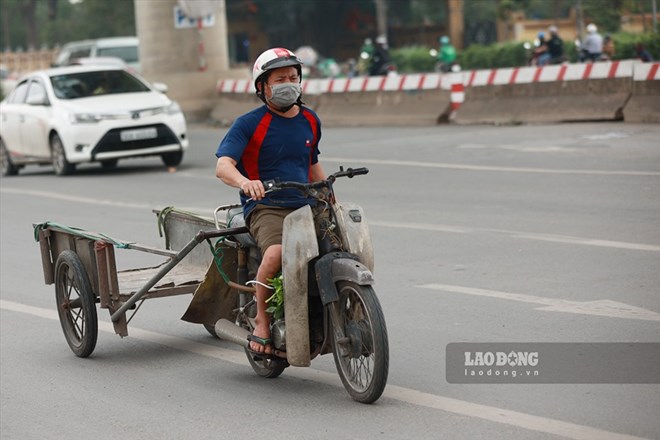
To solve pollution problems, implementation measures such as piloting low emission zones (LEZ) and developing public transport systems such as metro, electric bus, and public bicycle systems are all based on technology platforms and can be considered steps in parallel with digital transformation to achieve sustainable goals.
Speaking with Lao Dong, Associate Professor, Dr. Bui Thi An - Director of the Institute of Natural Resources, Environment and Community Development - said that green transformation aims to reduce emissions, save and effectively use resources, promote a circular economy.
Meanwhile, digital transformation plays the role of a foundational tool to help optimize processes, manage transparent environmental data, increase operational efficiency and reduce social costs.
The combination of these two factors not only helps Vietnam meet international commitments on climate change but also creates competitive advantages, enhances national brand and resilience to environmental impacts.
According to Associate Professor, Dr. Bui Thi An, green transformation is becoming an inevitable trend in the world and is also an important goal for Vietnam in the process of sustainable development. For this process to be effective, digital transformation must be considered an indispensable foundation. Digital technology will help urban governance and local management become more transparent and efficient, saving time and resources.

"The important issue at present is how to make society understand the content of these two concepts, thereby building a suitable roadmap for each field and each locality. If digital transformation is a tool, then green transformation is the long-term goal, developing the country sustainably in terms of environment, ensuring social security and quality of life. Green here is to ensure that environmental factors are put first in all economic activities," Ms. An analyzed.
Traffic is a key area that needs to be transformed
On July 12, the Prime Minister issued Directive 20/CT-TTg with a system of synchronous solutions, requiring ministries, branches and localities to drastically implement environmental protection work, in order to move the country towards sustainable development.
Directive No. 20 focuses on green transformation through urgent measures to address environmental pollution, notably the ban on fossil fuel motorbikes in Hanoi's Ring Road 1 from 2026 and will gradually expand in the future.
According to environmental researchers, transportation is one of the largest sources of emissions, contributing to increased air pollution. Instead, converting to green vehicles is considered necessary to reduce pollution caused by traffic sources.
Green vehicles include electric buses and clean energy vehicles, gradually replacing vehicles using fossil fuels. Along with that, green infrastructure must be invested synchronously, from a safe and convenient charging station system to a suitable parking lot for people.
However, to realize this roadmap, it is necessary to have specific, synchronous and appropriate support policies for each locality. People must have easy access to green vehicles, from prices, services to infrastructure.
Hanoi has also set a clear goal, gradually eliminating motorbikes and gasoline and diesel cars in central areas, gradually expanding to belt routes. This is a strong step towards forming a low-emission zone, improving air quality for millions of people.
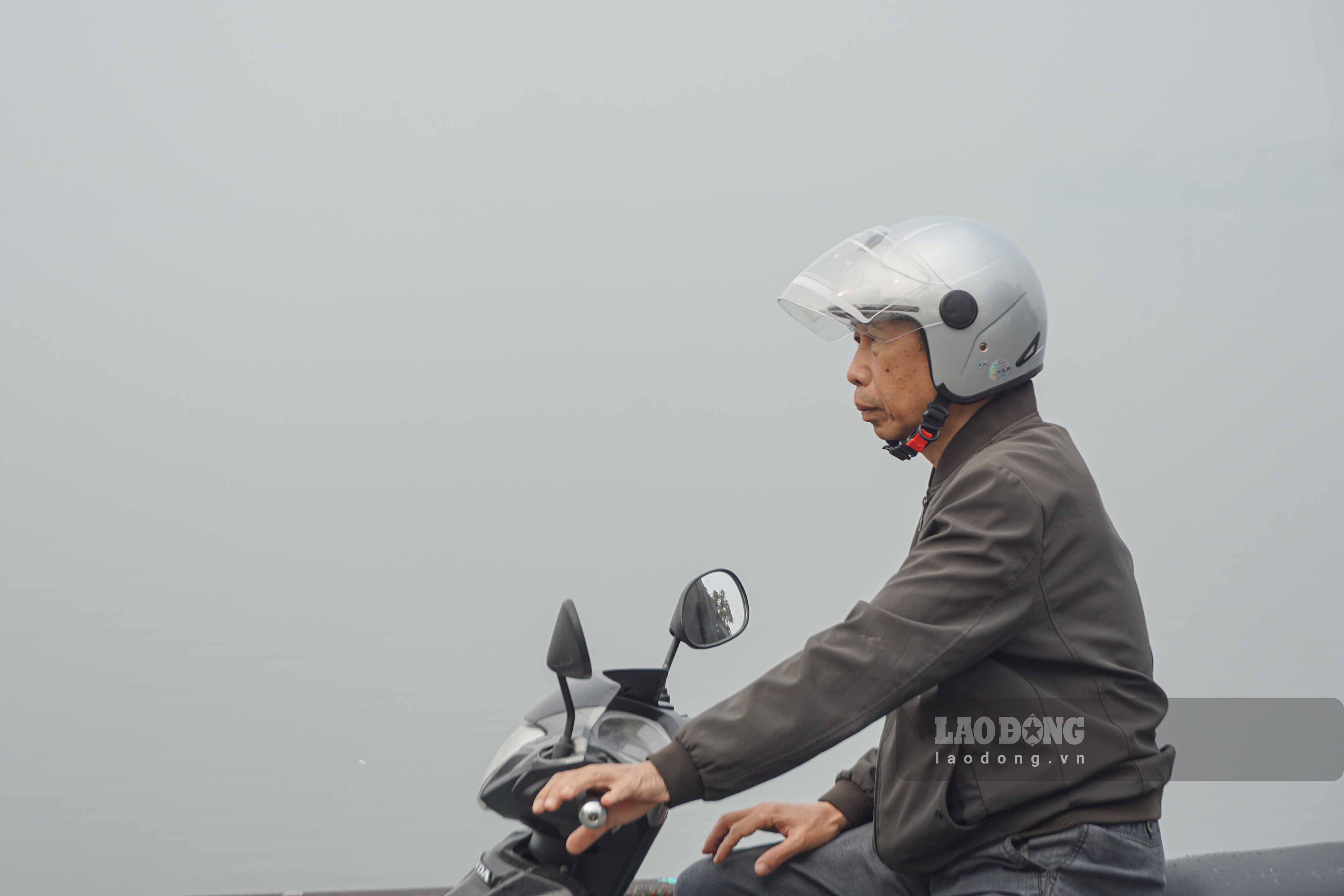
However, the big challenge lies in infrastructure and resources. For people to abandon private vehicles as fossil fuel vehicles, the public transportation system must be truly convenient and efficient, covering from residential areas, schools, hospitals to industrial parks.
Along with that is a policy to encourage businesses to invest in clean vehicles, support exchanging old vehicles for new ones, subsidies or incentives for loans to buy electric vehicles.
Associate Professor, Dr. Bui Thi An said: "It is impossible to mention banning vehicles from running on gasoline if the infrastructure is not ready. To be successful, there needs to be a specific, synchronous roadmap and a large enough budget estimate".
Directive 20 is not only a call but also a drastic step, demonstrating the Government's commitment to solving environmental pollution. To realize this goal, it is necessary to have the support of people, businesses and the whole society.
On September 19, Lao Dong newspaper organized the Workers' Forum for the Environment 2025. The forum was attended by managers, scientists and a large number of workers - those who directly work in collecting and treating domestic solid waste to work at the same table and propose solutions to help environmental protection and waste management work be synchronous and effective.
The forum is also a voice accompanying each occupational hygiene worker, each locality to continue to promote the protection of the air and water environment, promote waste classification, turn waste into resources, build models for urban and rural waste management and treatment to meet the requirements in the new situation.


